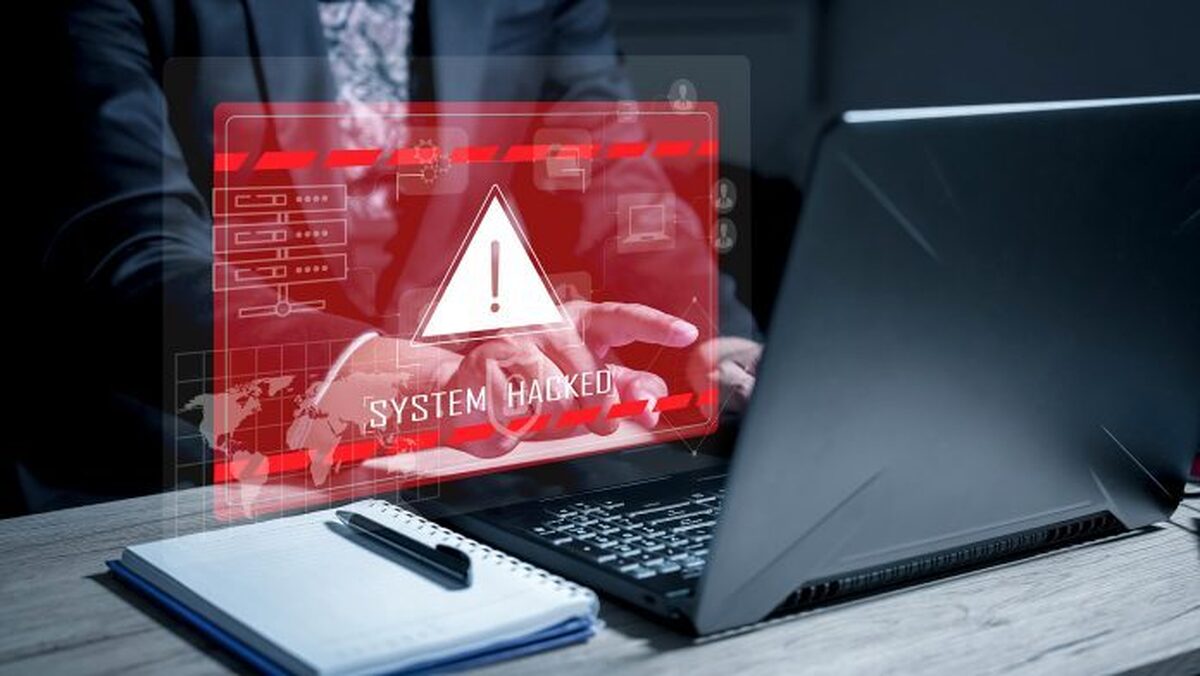AI, Rising Cybersecurity Threats in 2024

When it comes to cybersecurity threats, 2023 has been a year of rapid change and continued growth. From Ransomware becoming ever more prevalent to Generative AI and ChatGPT bursting on the scene, breaking down barriers to adoption, making Artificial Intelligence commonplace in both offensive and defensive cyber operations, the Innovation News Network reported.
Now, with anyone able to access and use this technology, our imagination is our only limitation — but we may not always have the best intentions.
As the cost-of-living crisis continues to bite, opportunists are increasingly looking to make a few dollars to cover rent, mortgage, or put food on the table. The financial squeeze and more accessible tools to commit fraud create a lethal combination, and with the average cost of a data breach in the UK being £3.3 million, businesses must ensure cybersecurity remains a high priority during these trying times.
As we look to the year ahead, cybersecurity threats and opportunities will continue to grow — but where should organisations focus their efforts? We look at the top four considerations that should be on every security leader’s checklist in 2024.
One of the greatest challenges organisations face is the skills gap. This has been growing for some time and is especially prevalent in cybersecurity. 50% of all UK businesses have a basic cybersecurity skills gap, meaning they’re unable to perform some of the most basic cybersecurity tasks, and there is an estimated shortfall of 11,200 people to meet the demand of the cyber workforce. Under-skilled and understaffed cyber security teams make it nearly impossible for companies to defend themselves effectively.
Moving into 2024, AI could offer a solution by lowering the barrier of entry for cybersecurity roles. Once we build more trust in GenAI in the cyber community, this tech can help to overcome the breadth and complexity of cybersecurity tools and open roles up to a wider talent pool. CISOs and security leaders can focus on seeking out individuals who are curious and good communicators rather than seeking out individuals with specific technical expertise.
For example, asking AI if something is normal for the environment and what actions they should take in each scenario nearly eliminates the technical nuances of security tools while allowing businesses to train AI on internal procedures. AI can even help write tools and scripts, such as GitHub’s Copilot tool, allowing individuals to tap into their creative power without needing the technical expertise to deliver it. Again, your imagination is your only limitation with the general availability of GenAI.
However, businesses must remain vigilant. While this tech will lower the barrier of entry for industry professionals, it will do the same for cybercriminals. We already have services such as ransomware-as-a-service, which lower the barrier of entry for scammers who no longer need to figure out how to make their tools to bypass various EDR and AV technologies. Instead, their job is simply to get someone to click on a link.
In 2024, businesses must be even more prepared for criminals to keep pace with their own AI advancements. Attackers have already begun releasing various purpose-built GPTs like WormGPT, FraudGPT, and WolfGPT. These tools enable attackers to write malware, ransomware, and phishing emails and sites to discover vulnerabilities more quickly and easily.
Another type of cybersecurity threat that is gaining momentum is zero-day attacks. Recently, attacker-side source code has leveraged AI to identify vulnerabilities, especially with open-source products. For instance, if an attacker can get a hold of the source code of a widely used application or operating system and run it through AI focused on identifying buffer overflows and other vulnerabilities, it will identify zero days a thousand times faster than a human could.
Going in to 2024, businesses should continue prioritising and patching but expect zero days to grow by building a Critical Patch Management process. While businesses have gotten better at patch and vulnerability management, attackers have leveraged more zero-day vulnerabilities to combat these good processes. But even with these effective programs, exploitation of public-facing applications remains the top entry point (21.2%) for attackers, according to the Mandiants M-Trends report.
Even though the attackers may have less low-hanging fruit, they continue to get creative – and with the ability to scan source code with AI, these threats will only increase further. On the other side of this coin, in 2024, we will see defensive solutions that leverage AI to nearly automate the entire process, from identification to bug-fix, enabling businesses to keep in step with these actors.
As we stand at the crossroads of an ever-evolving digital landscape, the role of cybersecurity in safeguarding our interconnected world cannot be overstated. Our adversaries are sophisticated and relentless, constantly looking for improvement methods. In this high-stakes game, AI emerges as a double-edged sword, offering unparalleled potential for both defence and offence.
As we harness AI to predict, pre-empt, and respond to cybersecurity threats, we must also be vigilant against its misuse by adversaries. The future of cybersecurity is not just about building stronger walls; it’s about fostering a culture of security that contemplates the security implications in every aspect of the business, from finance to HR to engineering.
Ultimately, security is a team sport. The only way to effectively fight this war is as a team while leveraging the same capabilities as our enemies. Technology is evolving at lightning speeds, leaving defenders behind to catch up. By working together as a cohesive team, sharing knowledge, and staying ahead of technological advancements, we can create a digital ecosystem that is not just resilient but also trustworthy. The war against cyber threats is ongoing, and victory lies in our collective effort to outpace, outsmart, and outmanoeuvre those who seek to undermine our digital security.
4155/v





















